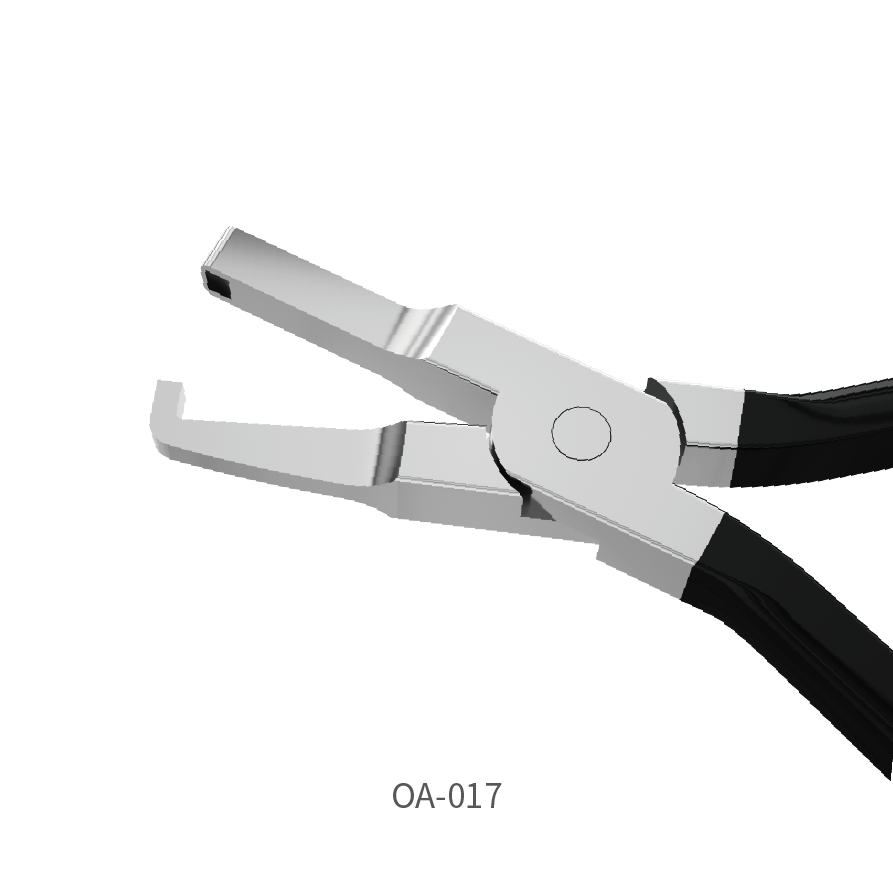Revolutionizing Orthodontics: The Expanding Role of Clear Aligner Pliers in Modern Dental Practice
Release time:
2025-08-06

In recent years, the field of orthodontics has experienced a remarkable shift toward more discreet, comfortable, and patient-friendly treatment methods. Among these innovations, clear aligners have gained significant popularity for their aesthetic appeal and convenience. Accompanying this trend is the increasing use of specialized instruments known as Clear Aligner Pliers, which are now considered indispensable tools for orthodontists and dental professionals who work with clear aligner systems.
Clear aligner pliers are specifically designed to make precise adjustments to aligner trays, enhancing their ability to apply controlled pressure to teeth and accelerate treatment timelines. Unlike traditional braces, which require regular manual tightening and archwire adjustments, clear aligners rely on custom-molded trays to shift teeth gradually. However, for the aligners to work effectively, occasional modifications are necessary—this is where clear aligner pliers come in.
There are several types of clear aligner pliers, each serving a unique function. For instance, dimple pliers are used to create small indentations that improve aligner retention, while hole punch pliers help make space for attachments or buttons needed for elastics. Other varieties, such as torque pliers or nudge pliers, are used to apply directional force or to realign stubborn teeth that aren't moving as planned. With the right plier, dental professionals can make chairside adjustments to enhance the performance of an existing aligner set without having to send it back to the manufacturer for redesign.
One of the most significant advantages of using clear aligner pliers is the improved efficiency in patient care. By allowing orthodontists to adjust aligners in the clinic, the need for frequent reordering and shipping of new trays is greatly reduced. This not only saves time but also lowers treatment costs for both practitioners and patients. Furthermore, the use of clear aligner pliers ensures better fit and force delivery, which can lead to faster and more predictable results.
Another critical benefit lies in the patient experience. Many patients choose clear aligners because they want a nearly invisible, non-invasive way to straighten their teeth. Clear aligner pliers support this goal by allowing for minor yet essential modifications that improve comfort and effectiveness without compromising aesthetics. As a result, patient compliance tends to improve, leading to better outcomes.
The rise of clear aligner systems has also led to a growing demand for skilled professionals who are proficient in using these specialized tools. Dental schools and continuing education programs are now incorporating the use of clear aligner pliers into their training modules. Manufacturers, too, are continually innovating, offering new plier designs with ergonomic handles, stainless steel tips, and enhanced precision features to meet the evolving needs of orthodontic professionals.
In today’s competitive dental market, having the ability to make immediate, effective changes to treatment plans is a key differentiator. Clear aligner pliers empower clinicians to personalize care with greater flexibility and responsiveness. This capability is especially valuable in cases involving complex tooth movements, mid-treatment refinements, or patients with unique oral anatomy that requires customized force application.
As the orthodontic landscape continues to evolve, clear aligner pliers are set to play an even more critical role. From improving clinical efficiency to enhancing patient satisfaction, these tools are revolutionizing how clear aligner therapy is delivered. Dental practices that adopt and master the use of clear aligner pliers position themselves at the forefront of modern orthodontics, capable of offering cutting-edge, patient-centered care that meets the demands of today’s discerning clients.
RELATED NEWS









